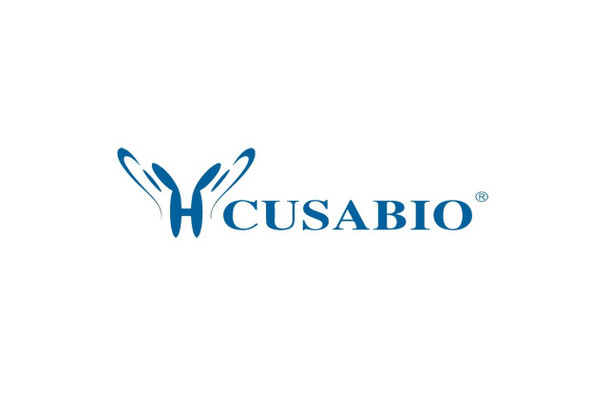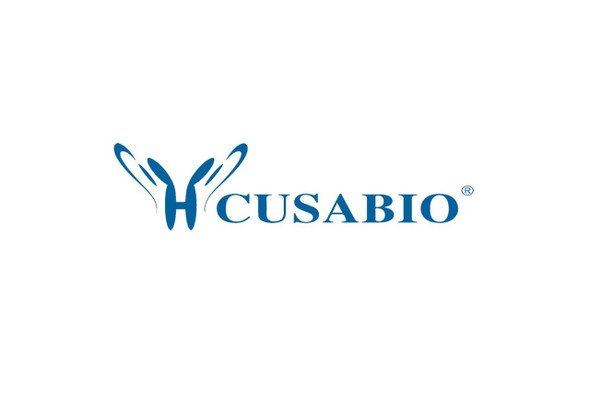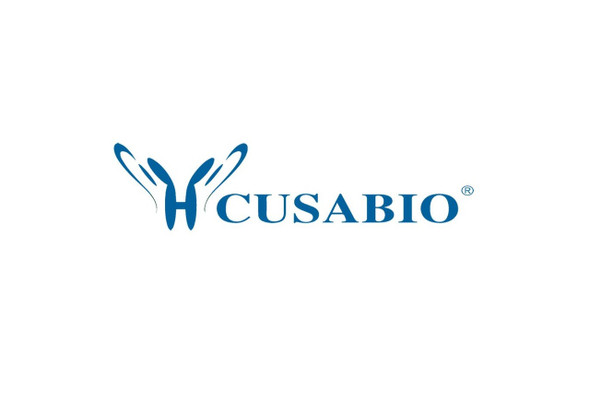Cusabio Active Proteins
Recombinant Human Tyrosine-protein phosphatase non-receptor type substrate 1 (SIRPA), partial (Active) | CSB-AP005271HU
- SKU:
- CSB-AP005271HU
- Availability:
- 5 to 10 Working Days
Description
Recombinant Human Tyrosine-protein phosphatase non-receptor type substrate 1 (SIRPA) ,partial (Active) | CSB-AP005271HU | Cusabio
Protein Description: Partial
Alternative Name (s) : Tyrosine-Protein Phosphatase Non-Receptor Type Substrate 1; SHP Substrate 1; SHPS-1; Brain Ig-Like Molecule with Tyrosine-Based Activation Motifs; Bit; CD172 Antigen-Like Family Member A; Inhibitory Feceptor SHPS-1; Macrophage Fusion Receptor; MyD-1 Antigen; Signal-Regulatory Protein Alpha-1; Sirp-Alpha-1; Signal-Regulatory Protein Alpha-2; Sirp-Alpha-2; Signal-Regulatory Protein Alpha-3; Sirp-Alpha-3; p84; CD172a; SIRPA; BIT; MFR; MYD1; PTPNS1; SHPS1; SIRP
Gene Names: SIRPA
Research Areas: Cardiovascular
Species: Homo sapiens (Human)
Source: Mammalian cell
Tag Info: C-terminal 6xHis-tagged
Expression Region: 31-370aa
Sequence Info: EEELQVIQPDKSVLVAAGETATLRCTATSLIPVGPIQWFRGAGPGRELIYNQKEGHFPRVTTVSDLTKRNNMDFSIRIGNITPADAGTYYCVKFRKGSPDDVEFKSGAGTELSVRAKPSAPVVSGPAARATPQHTVSFTCESHGFSPRDITLKWFKNGNELSDFQTNVDPVGESVSYSIHSTAKVVLTREDVHSQVICEVAHVTLQGDPLRGTANLSETIRVPPTLEVTQQPVRAENQVNVTCQVRKFYPQRLQLTWLENGNVSRTETASTVTENKDGTYNWMSWLLVNVSAHRDDVKLTCQVEHDGQPAVSKSHDLKVSAHPKEQGSNTAAENTGSNER
Biological Activity: The ED50 as determined by its ability to bind Human CD47 in functional ELISA is less than 0.5 ug/ml
MW: 38.31 kDa
Purity: Greater than 95% as determined by SDS-PAGE.
Endotoxin: Less than 1.0 EU/µg as determined by LAL method.
Relevance: Signal Regulatory Protein α (SIRPα) is a monomeric approximately 90 kD type I transmembrane glycoprotein. The 504 amino acid human SIRPα contains two Ig-like C1-type domains and one Ig-like V-type domain. SIRPα can express in various tissues, mainly on brain and myeloid cells, including macrophages, neutrophils, dendritic and Langerhans cells. It also can detect in neurons, smooth muscle and endothelial cells. SIRPA is an immunoglobulin-like cell surface receptor for CD47. SIRPα acts as docking protein and induces translocation of PTPN6, PTPN11 and other binding partners from the cytosol to the plasma membrane. SIRPα shows adhesion of cerebellar neurons, neurite outgrowth and glial cell attachment. SIRPα engagement generally produces a negative regulatory signal; it may mediate negative regulation of phagocytosis, mast cell activation and dendritic cell activation
PubMed ID:
Notes: Repeated freezing and thawing is not recommended. Store working aliquots at 4℃ for up to one week.
Function: Immunoglobulin-like cell surface receptor for CD47. Acts as docking protein and induces translocation of PTPN6, PTPN11 and other binding partners from the cytosol to the plasma membrane. Supports adhesion of cerebellar neurons, neurite outgrowth and glial cell attachment. May play a key role in intracellular signaling during synaptogenesis and in synaptic function (By similarity) . Involved in the negative regulation of receptor tyrosine kinase-coupled cellular responses induced by cell adhesion, growth factors or insulin. Mediates negative regulation of phagocytosis, mast cell activation and dendritic cell activation. CD47 binding prevents maturation of immature dendritic cells and inhibits cytokine production by mature dendritic cells.
Involvement in disease:
Subcellular Location: Membrane, Single-pass type I membrane protein
Protein Families:
Tissue Specificity: Ubiquitous. Highly expressed in brain. Detected on myeloid cells, but not T-cells. Detected at lower levels in heart, placenta, lung, testis, ovary, colon, liver, small intestine, prostate, spleen, kidney, skeletal muscle and pancreas.
Paythway: Osteoclastdifferentiation
Form: Lyophilized powder
Buffer: Lyophilized from a 0.2 μm filtered 20 mM PB, 150 mM NaCl, pH 7.2
Reconstitution: We recommend that this vial be briefly centrifuged prior to opening to bring the contents to the bottom. Please reconstitute protein in deionized sterile water to a concentration of 0.1-1.0 mg/mL.We recommend to add 5-50% of glycerol (final concentration) and aliquot for long-term storage at -20℃/-80℃. Our default final concentration of glycerol is 50%. Customers could use it as reference.
Uniprot ID: P78324
Uniprot Entry Name:
HGNC Database Link: HGNC
UniGene Database Link: UniGene
KEGG Database Link: KEGG
STRING Database Link: STRING
OMIM Database Link: OMIM









